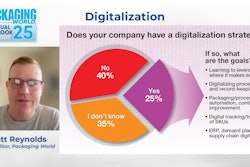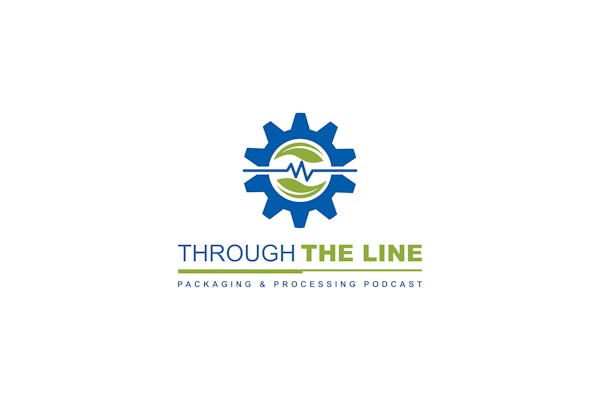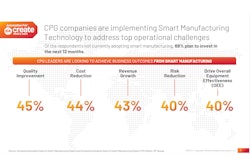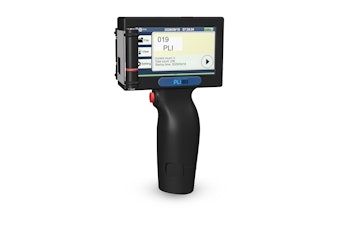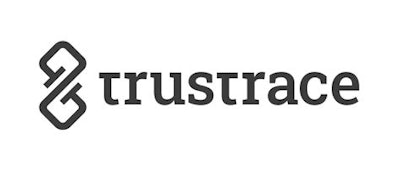
This content was written and submitted by the supplier. It has only been modified to comply with this publication’s space and style.
TrusTrace, a distributor in supply chain traceability and compliance data management, has launched a AI-driven upgrade to its platform, making it easier for brands and manufacturers of all sizes to collect, centralize and analyze supply chain and traceability data with confidence.
Companies have struggled with fragmented, incomplete, and unverifiable supply chain data—leaving them exposed to hidden risks, lacking evidence for compliance, and unable to drive meaningful impact.
TrusTrace’s upgraded platform changes data access by unifying supplier-provided, brand-owned and third party data through advanced AI technology. This approach increases data reliability and insight quality, enabling businesses to act on comprehensive and validated information rather than incomplete or inaccurate data. The data hub also facilitates data reuse, allowing stored data to be repurposed across business goals, enhancing operational efficiency.
With global supply chains handling millions of purchase orders across thousands of suppliers and materials, brands and manufacturers need a system that can scale. TrusTrace’s enhanced platform enables businesses of any size—whether brands or manufacturers—to efficiently collect, store and leverage trusted supply chain data, making traceability, risk management, and compliance more accessible than ever.
“In today’s high-stakes regulatory and business environment, access to accurate, real-time sustainability data shouldn’t be a privilege—it should be a given,” says Shameek Ghosh, CEO of TrusTrace. “We’ve built a powerful, AI-assisted supply chain data hub that allows companies to quickly and easily collect and analyze data at any scale, empowering them to move from reactive crisis management to proactive impact-driven strategies. This is the future of responsible, resilient business.”
A Step Change in Supply Chain Data Management
The upgraded TrusTrace platform offers:
- Data Collection & Integration: Gather, structure, and share supply chain and traceability data—including supply chain mapping, certifications, chain of custody records, and regulatory compliance documents— in a centralized place.
- Proactive Risk Management: Detect hidden risks, assess their potential impact and address them before they escalate, with a continuously updated view of actual risks and their severity across the full supply chain.
- Streamlined Compliance Management: Move beyond reactive, check-the-box compliance to a scalable compliance framework, in which existing data is stored, packaged, and ready for any regulatory or reporting needs, with gaps automatically identified and addressed.
- A Unified, AI-Powered Supply Chain Data Hub: Make better decisions with a unified view of supply chains across owned, supplier and third-party data. Elevate supply chain data from a regulatory requirement to a strategic asset to inform decision-making and long-term strategy.
- Scalability for Any Supply Chain: Whether a company is just starting its sustainability journey or managing complex multi-tier supply chains, TrusTrace offers a configurable system tailored to any regulatory or business need, that is easy to start and scale according to business needs.
Most recently, the company announced a strategic partnership with Avery Dennison, a distributor in materials science and digital identification solutions, to address growing demands for visibility into the origins, movement, and impact of raw materials across the apparel value chain.
“Navigating today's complex global supply chains requires reliable, streamlined access to comprehensive data,” says Kenny Liu, Vice President and General Manager S Asia, EMEA, and Optica at Avery Dennison. “By integrating TrusTrace into our OpticaTM portfolio of supply chain solutions, we’re equipping brands with the tools they need to map their supply chains, verify raw material origins, and confidently meet evolving regulatory demands. This level of transparency empowers smarter sourcing decisions and ultimately drives meaningful impact across the entire supply chain.”


